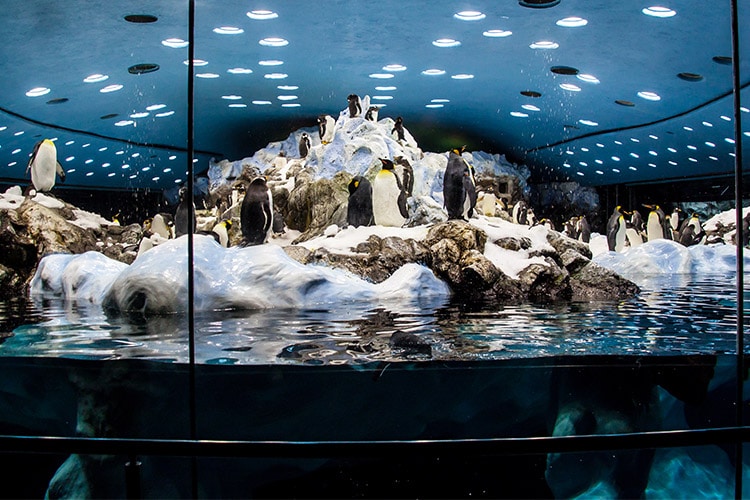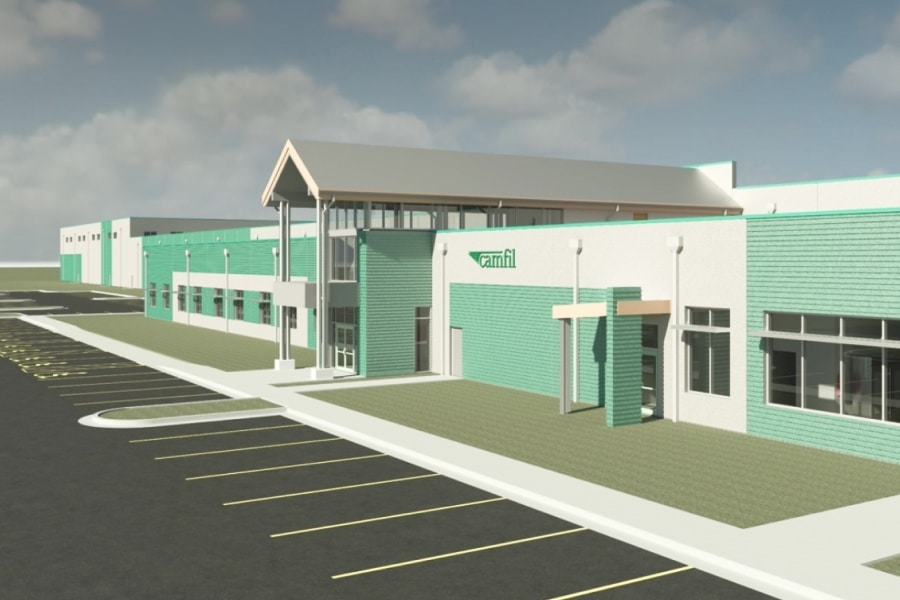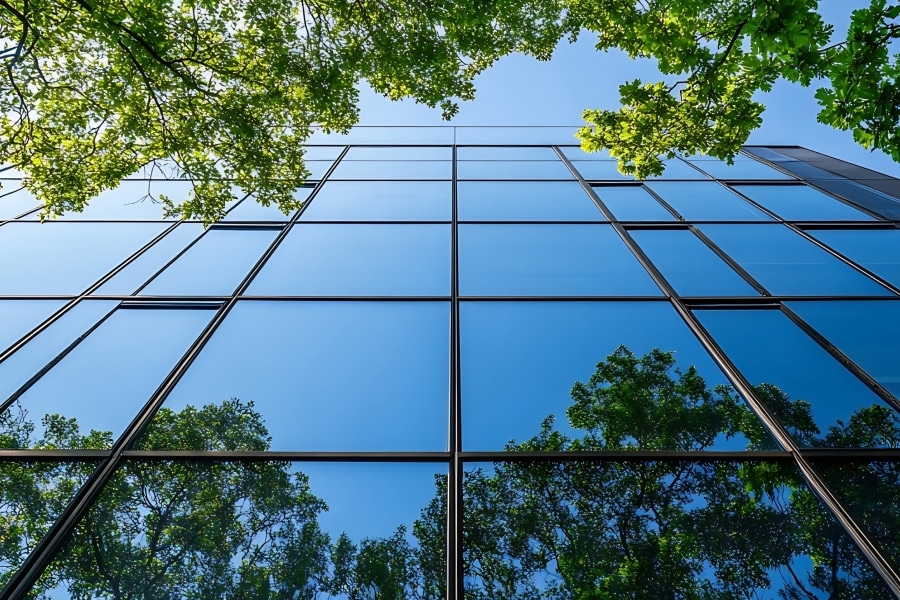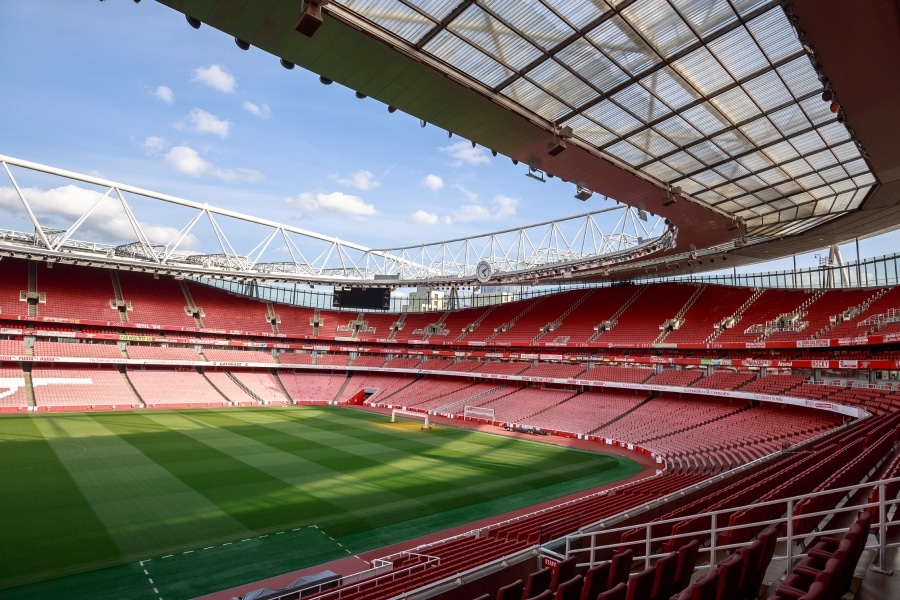When we consider the relationships between animals and the built world, it’s inevitably the accidental intersections we focus on—the plastic spikes designed to prevent pigeons from settling onto the ledges of skyscrapers, for example, or rodent-proof construction to keep out rats and other unwanted animal visitors. But for designers like Patrick Janikowski of Seattle-based zoo design specialists PJ Architecture, animals are at the center of the design process.
“We start with the animal,” says Janikowski. “It’s always about the animal in our office. And that means trying to give them the space they need, using our resources to focus on their enrichment.” For Janikowski, this attention to the behavioral patterns of each particular animal are what make for a successful zoo. “A good zoo design is focused on the needs of the animal,” he says. “You can tell if a zoo is well designed because of the animal’s behavior—they’re staying busy. They’re acting natural. They go through their natural behavior to find food, access water, the normal range of climbing, locomotion. I try to design spaces that enable that behavior.”
So what to do when faced with a new animal? Since Janikowski has been in the business of zoo design for so long, he rarely finds himself tasked with the prospect of designing an enclosure for an animal whose behavior in the wild is unfamiliar to him. When he does, after consulting with experts and doing a lot of background reading, he takes to the field to do some in-person research. “During the course of a project for the Houston Zoo, the zoo director and I went to Gabon to observe the gorillas in their natural environment,” he says. “We were up in a tree, in the jungle, for 17 days, even spending nights in the tree so we could observe them at all hours. Right now, we’re working on a big penguin exhibit in Hong Kong, so my wife and I went to Antarctica to see penguins so we could see how they made use of their natural environment.”
These excursions give Janikowski an animal’s eye view in creating new spaces for the residents of his designs, often resulting in innovative design concepts based on his observations of animal behavior in the wild. Take the penguins. After his visit to Antarctica, Janikowski was inspired to create an interactive tunnel system for them to explore as part of his exhibit design in Hong Kong. ”We tried something no one had done,” he says, “So that was a challenge, but we successfully built a series of trails as a form of enrichment for the penguins, which allows them to swim and go different places, and pop up on different parts of the exhibit. It’s great for the penguins because it mimics their natural environment, and it’s really fun for the visitors because we’ve created a walkway over the tunnels so it looks like you’re walking on ice. You can look down and watch the penguins swimming under your feet.”
Figuring out the best way to stage-manage interactions between animals and their visitors, keepers and other humans in their orbit is the next step of Janikowski’s design process. “We do a lot of workshops on each project so we’re constantly talking with the keepers, figuring out what safety features are necessary to their work and research. Every zoo is different, so there are variations on the features we create, but in recent years we’ve seen a real move towards openness, involving visitors in some of the aspects of zoo design that used to be kept behind the scenes.”
This new public interest in the private lives of animals means that much of Janikowski’s design process is focused on allowing zoo visitors to get a glimpse into the daily routines of wild animals and their trainers. “Almost every exhibit we’re doing now, they want some type of training wall where the animals go to receive medical treatment,” he says. “You can, for example, teach a tiger how to lay with its belly up against an opening so they can do an ultrasound, or put its tail through the tail slot so medical staff can draw blood without having to anesthetize the animals like they used to do. It’s a routine for the animals, and they get used to having people watching.”
There’s an intimacy to Janikowski’s designs, an interest in inviting the public in, that reflects his personal philosophy about the value of engaging with the animal world. “The central question of my work has always been how do you make that connection with an animal, in a zoo, where you have to worry about safety of both the animal and the person, but to make that connection so that people really care?” he says. “I think you can do this through more interactive designs.”
A perfect example of this hands-on ethos is Janikowski’s design of the operating theater for the Oklahoma City Veterinary Center. “I raised the people seven feet in the air, with big windows all around so guests could watch without disturbing the vets. Once, they were operating on a big cat, and they brought in a group of blind students. They brought them over one by one, and they were able to touch the fur, feel the claws, touch the teeth, because he had been anesthetized.
Some of the kids just had tears in their eyes because they didn’t know what a big cat really was. But now they got to feel them, and see the size and touch the teeth and the claws and how big the paws were. And I think, “My god, that had to just be something magical for those kids.”
For Janikowski, a well-designed zoo immerses the visitor in the world of the animal they’re observing, bringing them a new sense of empathy for the plight of animals in much of nature. “People are everywhere now,” he says. “There really isn’t anywhere in the world where you can go these days, to see animals in the wild where there isn’t some type of human intervention. The pressure on animals by people is just phenomenal and you’re trying to tell that story in a way that’s educational but still somewhat lighthearted.” That’s why zoo design is so important in spreading messages of conservation and animal welfare. “The more fun you’re having, the better you learn,” says Janikowski. “In a well-designed zoo, you should be comfortable relaxing and exploring, and as you go, learning things almost by accident.”











